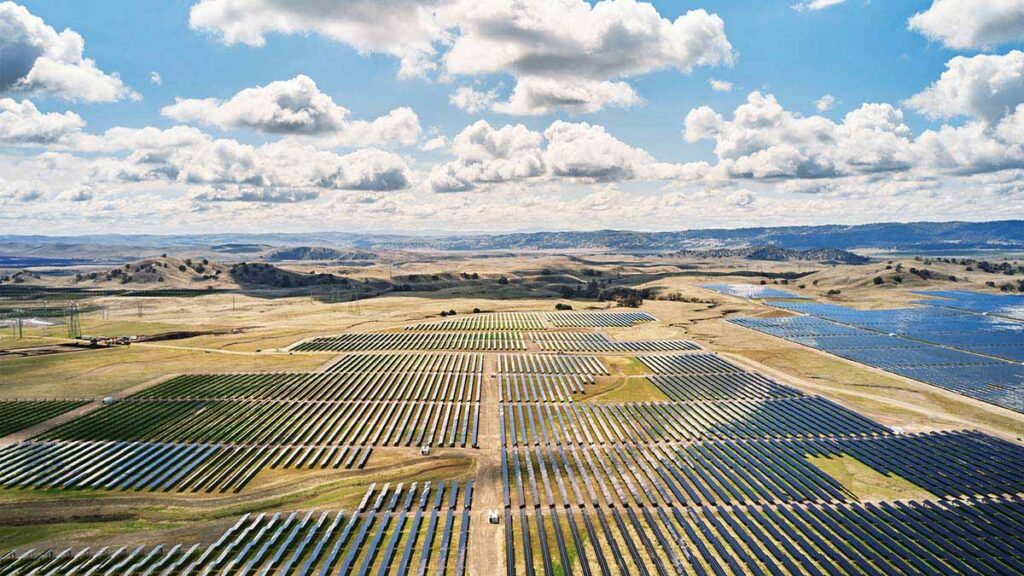
Apple Inc. announced on Wednesday that over 110 of its manufacturing partners around the world will be moving to 100 percent renewable energy for their Apple production, with nearly 8 gigawatts of planned clean energy set to come online, the company said in a release.
According to the tech behemoth, once completed, these commitments will avoid over 15 million metric tons of CO2e annually — the equivalent of taking more than 3.4 million cars off the road each year. Additionally, Apple is investing directly in renewable energy projects to cover a portion of upstream emissions, as well as a major energy storage project in California to pilot new solutions for renewable infrastructure.
“We are firmly committed to helping our suppliers become carbon neutral by 2030 and are thrilled that companies who’ve joined us span industries and countries around the world, including Germany, China, the US, India, and France,” said Lisa Jackson, Apple’s vice president for Environment, Policy, and Social Initiatives.
“In a year like no other, Apple continued to work with a global network of colleagues, companies, and advocates to help make our environmental efforts and everything we do a force for good in people’s lives — and to work alongside the communities most impacted by climate change.”
Additionally, the company will be constructing one of the largest battery projects in the United States called California Flats, which will be an industry-grid-scale energy storage project capable of storing 240 megawatt-hours of energy, enough to power over 7,000 homes for one day.
This project supports Apple’s 130-megawatt solar farm that provides all its renewable energy in California, by storing excess energy generated during the day and deploying it when it is most needed.
Wind and solar power provide the most cost-effective new source of electricity to many parts of the world, but the intermittent nature of these technologies has presented an obstacle to widespread adoption. One solution to intermittency is energy storage, which can retain generated energy until it is needed.
However, according to information uncovered by The Verge, Apple did not mention that the battery packs will be provided by electric-automaker Tesla.
Apple’s battery project will consist of 85 Tesla lithium-ion “megapacks” and be used to help power the company’s corporate headquarters in Cupertino, Silicon Valley. Monterey County’s planning chief confirmed that Apple will use the Tesla batteries in an email to The Verge.
In parallel, the company is also investing in utility-scale storage in California and research into new energy storage technologies, even as it builds upon distributed storage capabilities in Santa Clara Valley and through Apple Park’s microgrid.
Apple is constructing energy storage projects which retain generated clean energy from intermittent sources, including wind and solar.
Overall, Apple has seen consistent reductions in its carbon footprint, even as net revenue increased. “The company’s footprint has decreased by 40 percent, marking steady progress toward its 2030 target, and it has avoided more than 15 million metric tons of emissions through initiatives to use low-carbon materials, drive energy efficiency, and switch to clean energy,” the company’s release noted.
Last July, the company unveiled its plan to become carbon neutral across its entire business, manufacturing supply chain, and product life cycle by 2030.
Apple is already carbon neutral today for its global corporate operations, and this new commitment means that by 2030, every Apple device sold will have net zero climate impact. The company recently shared new details about its $4.7 billion spend in Green Bonds to support environmental projects around the world.